Why the Brain Is Programmed to See Faces in Everyday Objects - Neuroscience News

By A Mystery Man Writer
Face pareidolia, the phenomenon of seeing facelike structures in inanimate objects, is a perceptual phenomenon that occurs when sensory input is processed by visual mechanisms that have evolved to extract social content from human faces.
Neuroscience News provides research news for neuroscience, neurology, psychology, AI, brain science, mental health, robotics and cognitive sciences.
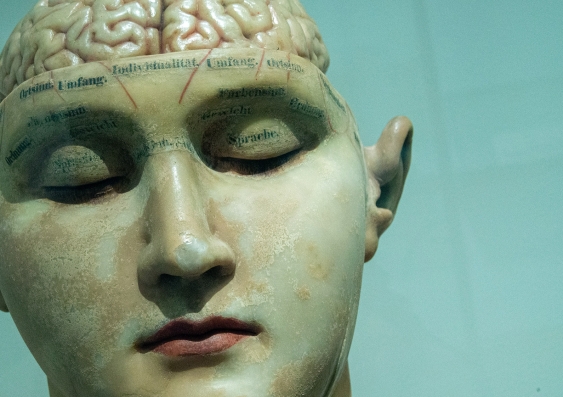
Why the brain is programmed to see faces in everyday objects
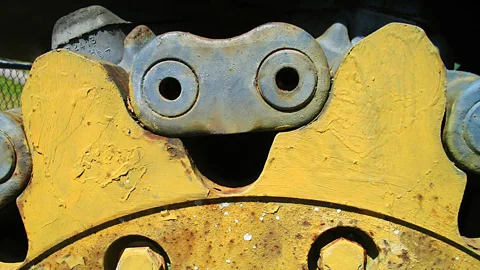
Neuroscience: why do we see faces in everyday objects?

The Science of Habit: How to Rewire Your Brain
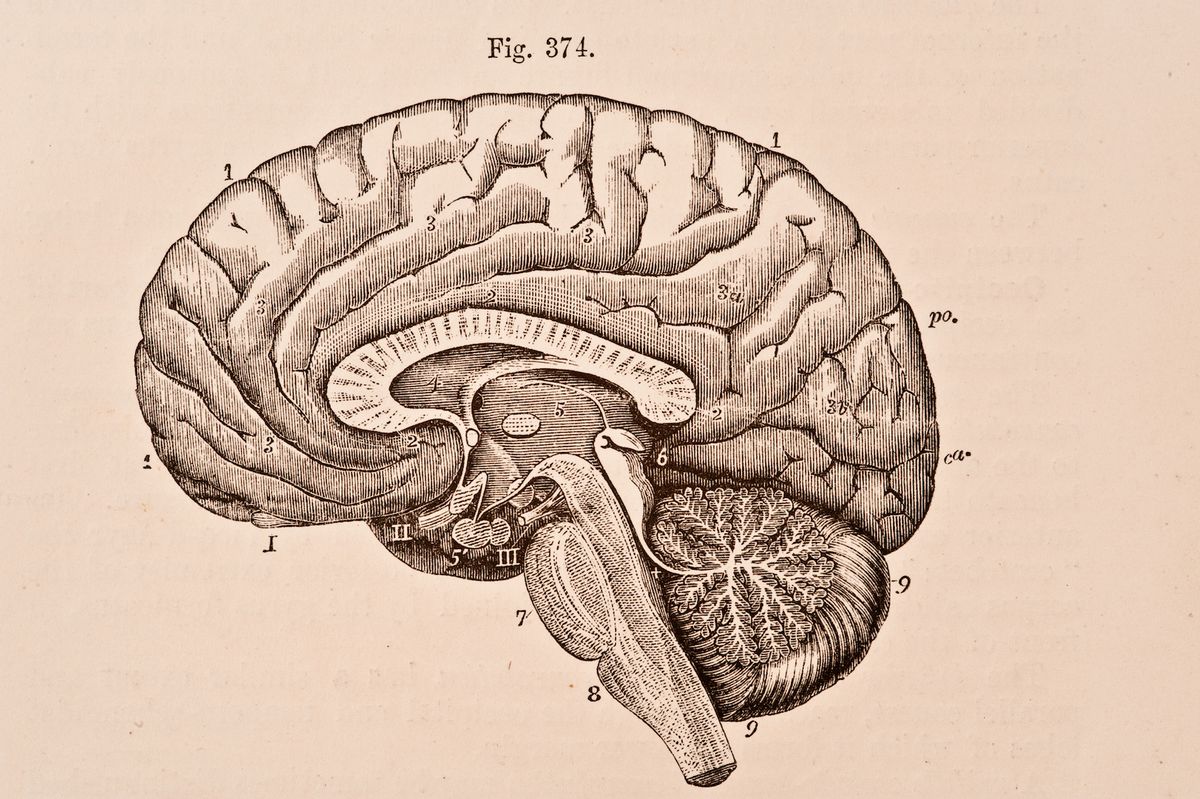
Human Brain: Facts, Functions & Anatomy

So happy to see you: our brains respond emotionally to faces we find in inanimate objects, study reveals, Australia news
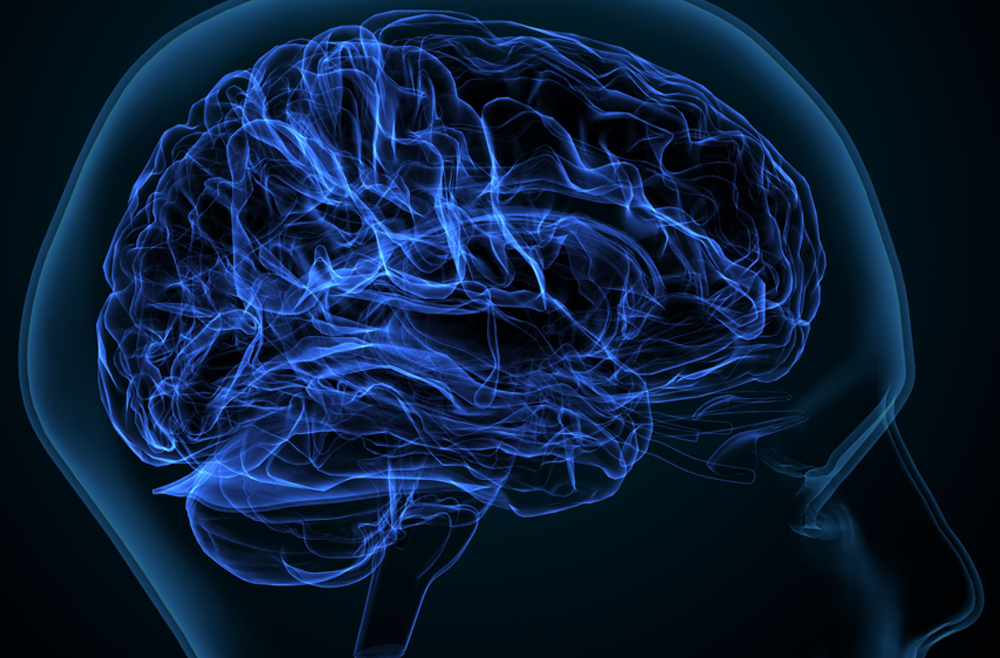
Penn Medicine Study Reveals New Insights on Brain Development

How Gaming Affects the Brain

Why Our Brains See Faces Everywhere
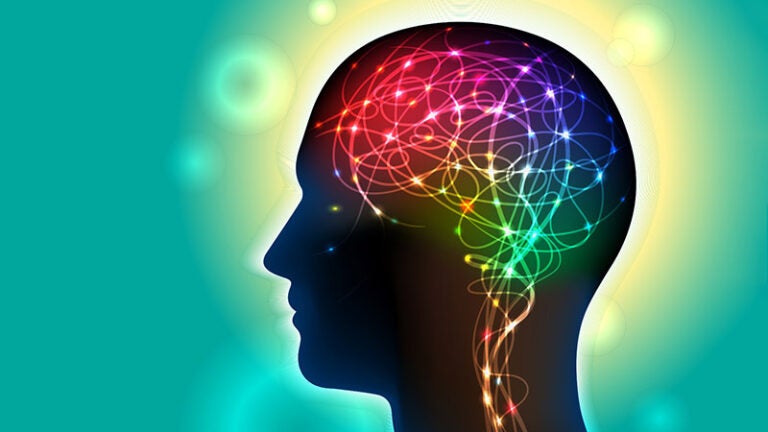
Where are memories stored in the brain? New research suggests they may be in the connections

Why the brain sees faces in everyday objects – The Echo

Cicely Binford (@CicelyBinford) / X
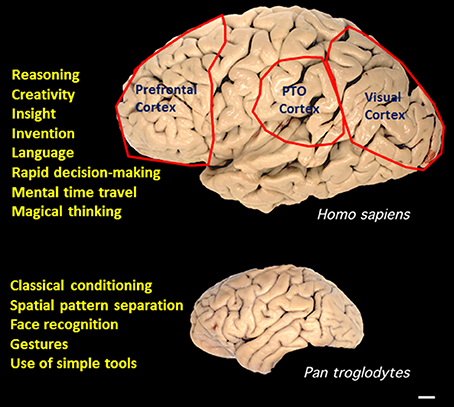
Frontiers Superior pattern processing is the essence of the evolved human brain

Why the Brain Is Programmed to See Faces in Everyday Objects - Neuroscience News

Pareidolia: Why We See Faces in Almost Everything

The neuroscience of beauty: What your brain finds beautiful – and how this shapes your thoughts - BBC Science Focus Magazine
- NWT WARNERS BRA Beige 36B Style 1593 Underwire Not a Bra Collection MSRP $42 $16.99 - PicClick

- button-detail pointelle-knit vest

- Stream DOUBLE TROUBLE by Odetari

- Selene Seamless Triangle Bra

- tuduoms Women's Pull-on High Waisted Jeans Elastic Waist Denim Pants Distressed Ripped Skinny Stretch Pencil Jeggings Jeans, Black, Large : : Clothing, Shoes & Accessories




:max_bytes(150000):strip_icc()/Stocksy_txpce733110Uae300_Medium_4082489-df45caed45cd449b806f9ce16a20804a.jpg)
:max_bytes(150000):strip_icc()/GettyImages-1125892521-49b2b7a237f44749a899464cb8ff0f2c.jpg)